
Innovative Technology
UltraXel ensures wide temperature adaptability, high discharge performance, and unmatched reliability.
Global Reach
Patents
Lithium Expertise
Certifications
Innovation
Our Mission
To lead the lithium battery industry with advanced technology and reliable products, meeting the evolving needs of global customers in diverse applications and challenging environments.

Leading Lithium Battery Innovation
With over 20 years of expertise in lithium battery R&D and manufacturing, our products deliver high-temperature storage, wide-temperature operation, and high-rate discharge capabilities. They are trusted in automotive electronics, industrial devices, and telecom applications, meeting the toughest demands worldwide.

Precision Testing for Superior Quality
Advanced testing equipment and rigorous protocols ensure each cell's safety and stability under extreme conditions. From particle analysis to temperature resilience and vibration simulation, we uphold the highest standards of reliability.

Expert Team Driving Innovation
A dedicated team of 100+ professionals, specializing in electrochemistry, materials science, and engineering, powers our advancements. Their expertise fuels continuous innovation, ensuring our leadership in the lithium battery industry.
Our Technology

Cathode Material Optimization
• Nanomaterial treatments and composites with other materials improve low-temperature performance.

Anode Material Modification
• Special surface-treated graphite enhances the stability of the anode reaction at high temperatures.

High-Temperature Electrolyte Formula
• High-boiling point solvents and stable lithium salts reduce electrolyte vaporization and decomposition at high temperatures.

Membrane Coating Technology
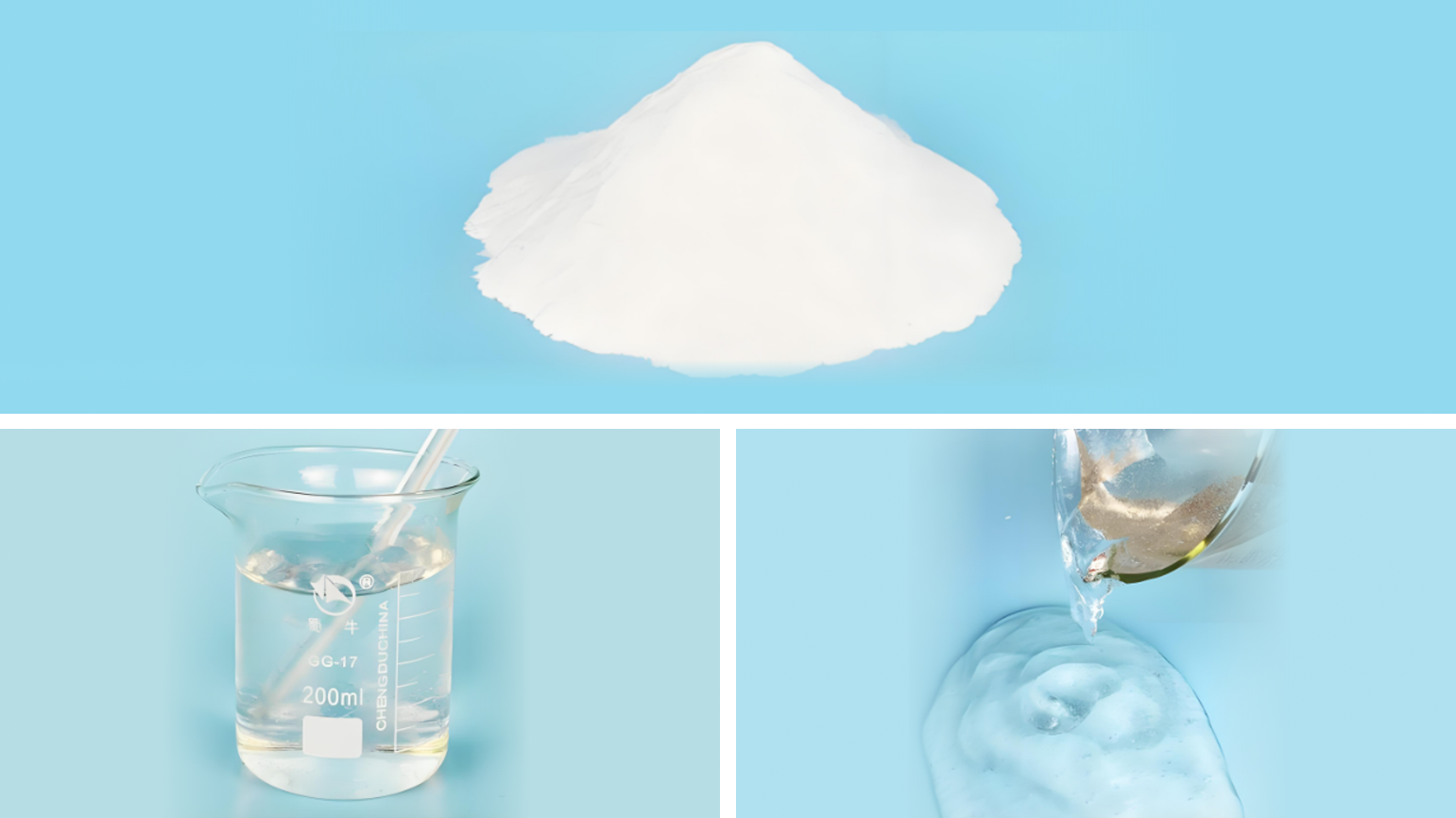
Binder Technology

Cathode Material Optimization
• Surface coating and doping modifications improve the thermal stability of the material.

Anode Surface Structure Optimization
• Artificial or natural graphite, treated with surface modification and nanomaterial techniques, enhances lithium-ion insertion and extraction performance at low temperatures.

Electrolyte
• Using low-viscosity solvents and high-conductivity lithium salts reduces impedance at low temperatures. Low-temperature film-forming additives reduce SEI layer impedance on the electrode surface, improving performance in low-temperature charging and discharging.

Conductive Additive Upgrade
• Carbon nanotubes and graphene are used as conductive agents to reduce internal resistance and improve conductivity at low temperatures.
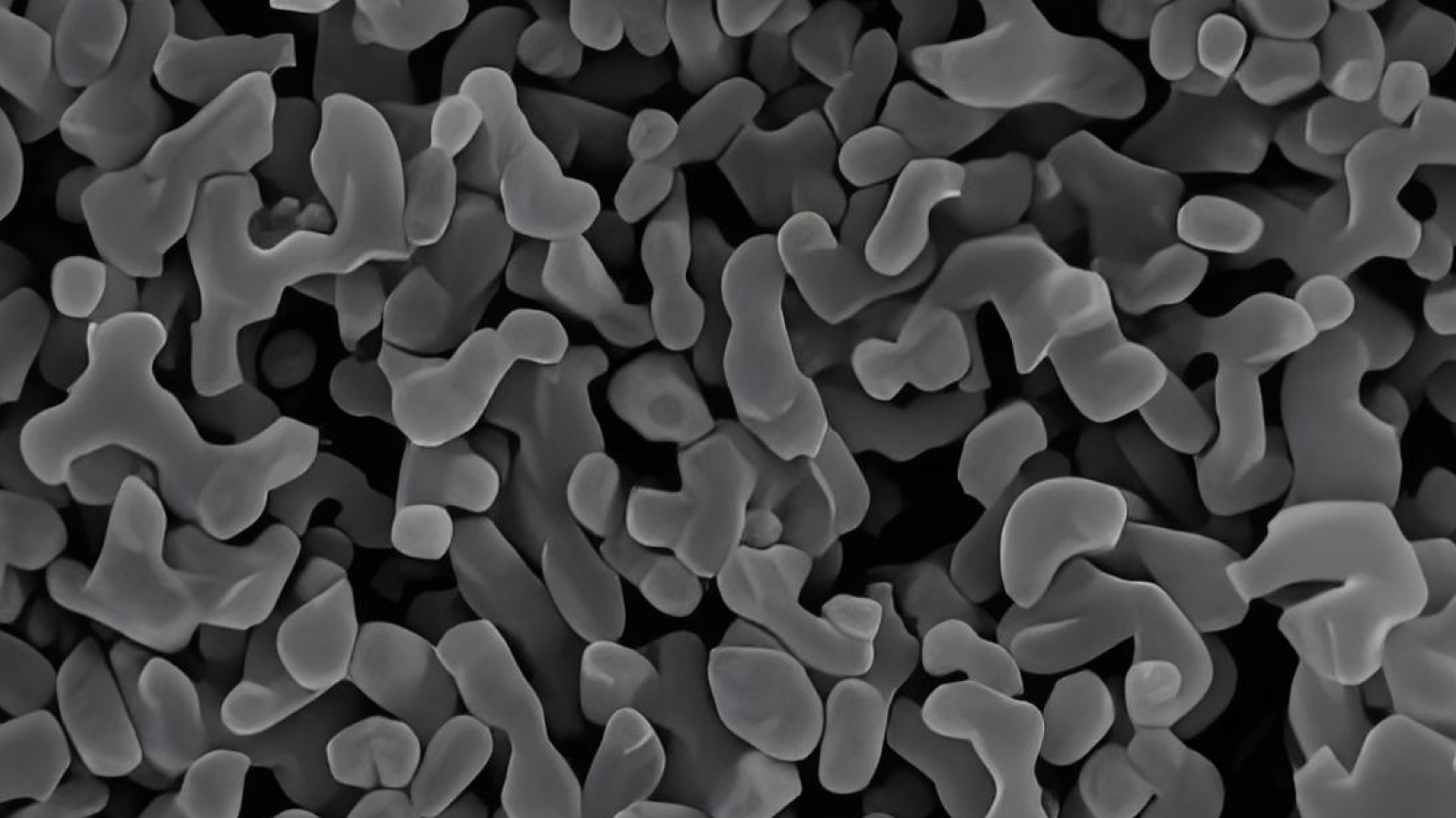
Separator Materials
• High-porosity separators enhance electrolyte permeability, aiding ion transport in low temperatures.

Ceramic-Coated Separator
• Ceramic coatings prevent separator shrinkage at high temperatures, avoiding short circuits.

Explosion-Proof Valve Design
• CID (Current Interrupt Device) quickly disconnects overload currents.
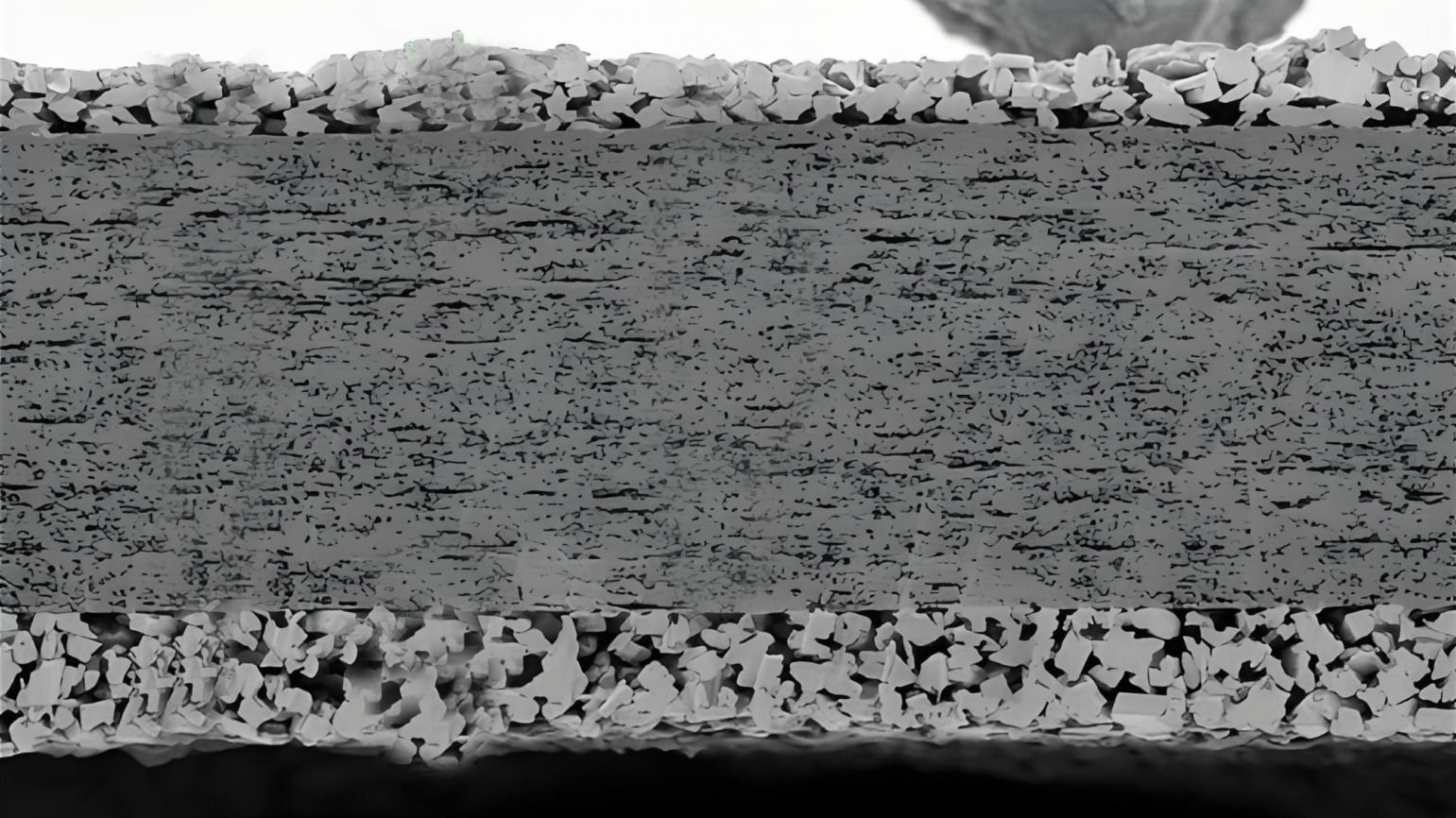
Membrane Micropore Control
• High-precision microporous separators close the pores to cut off ion channels when the temperature rises.

Flame Retardant Electrolyte
• Incorporating flame retardants reduces the risk of combustion during thermal runaway.
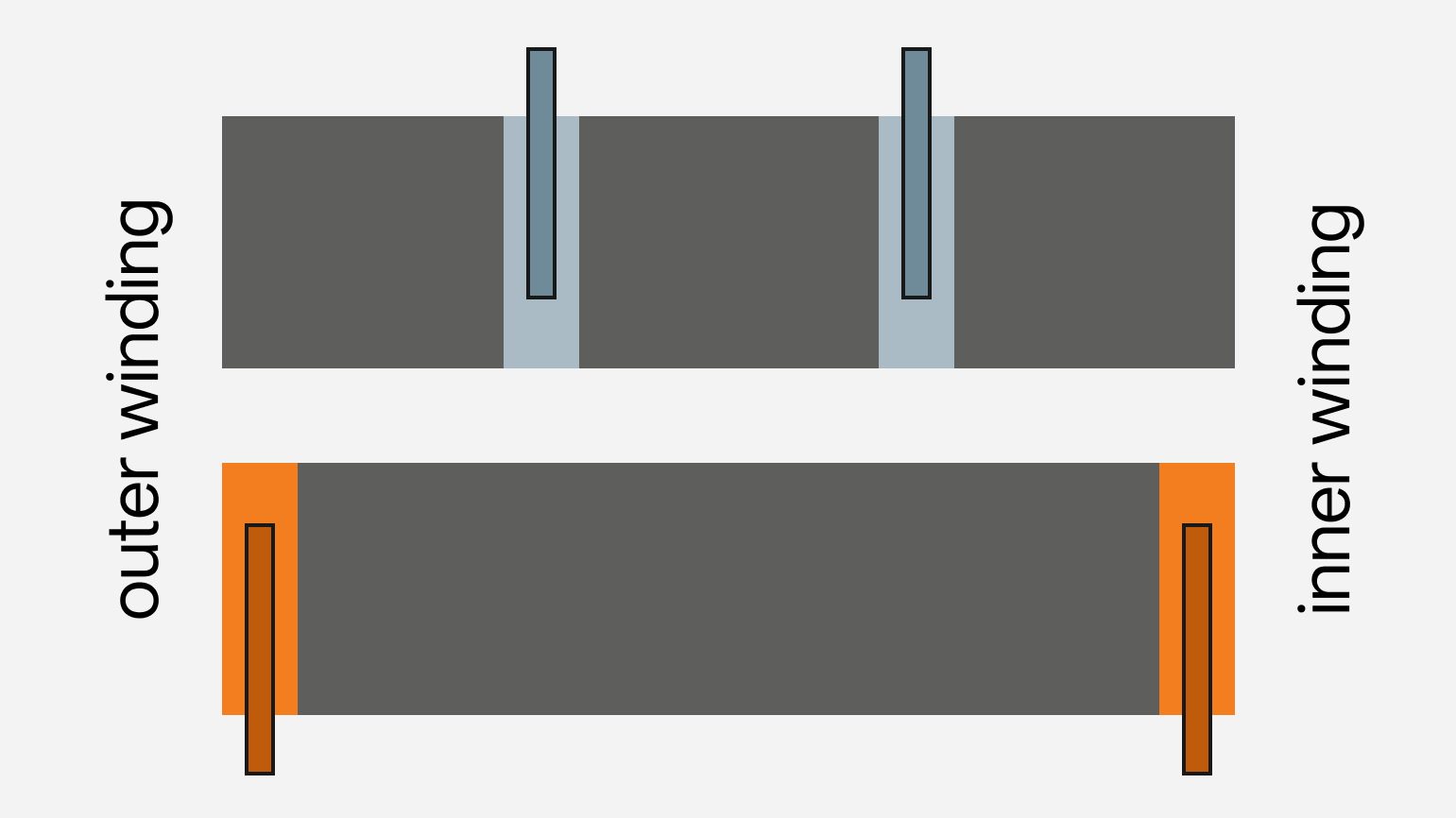
Multi-Tab Design
• Using multiple or full tabs for uniform current distribution, reducing internal resistance.

Electrode Plate Design Optimization
• Optimizing electrode plate area density and compaction density to lower internal resistance.
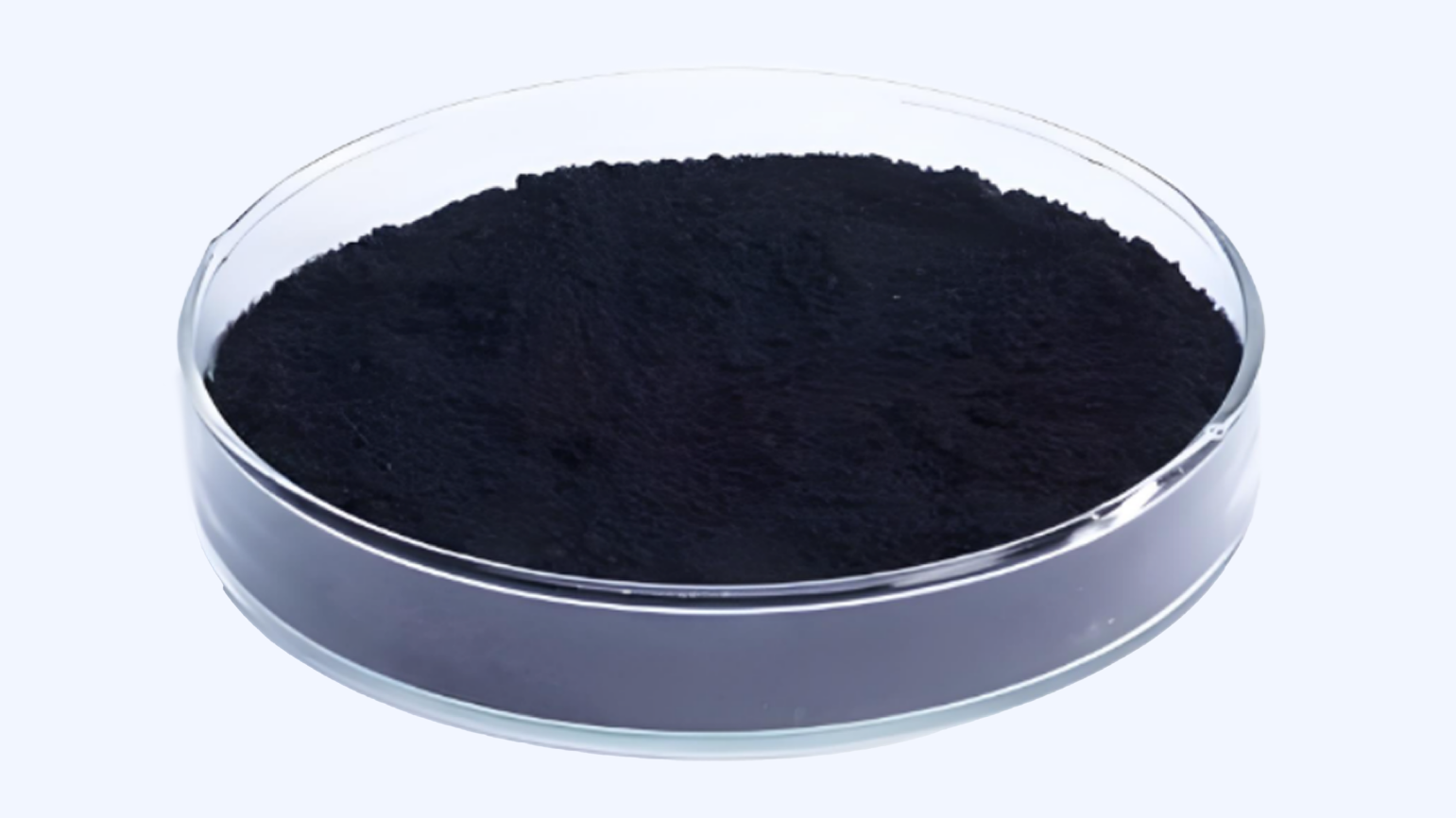
Conductive Additive Enhancement
• Using high-conductivity carbon nanotube and graphene composite additives to improve high-rate performance.

Current Collector Pre-Coating
• Pre-coating current collectors with conductive carbon to reduce internal resistance.
